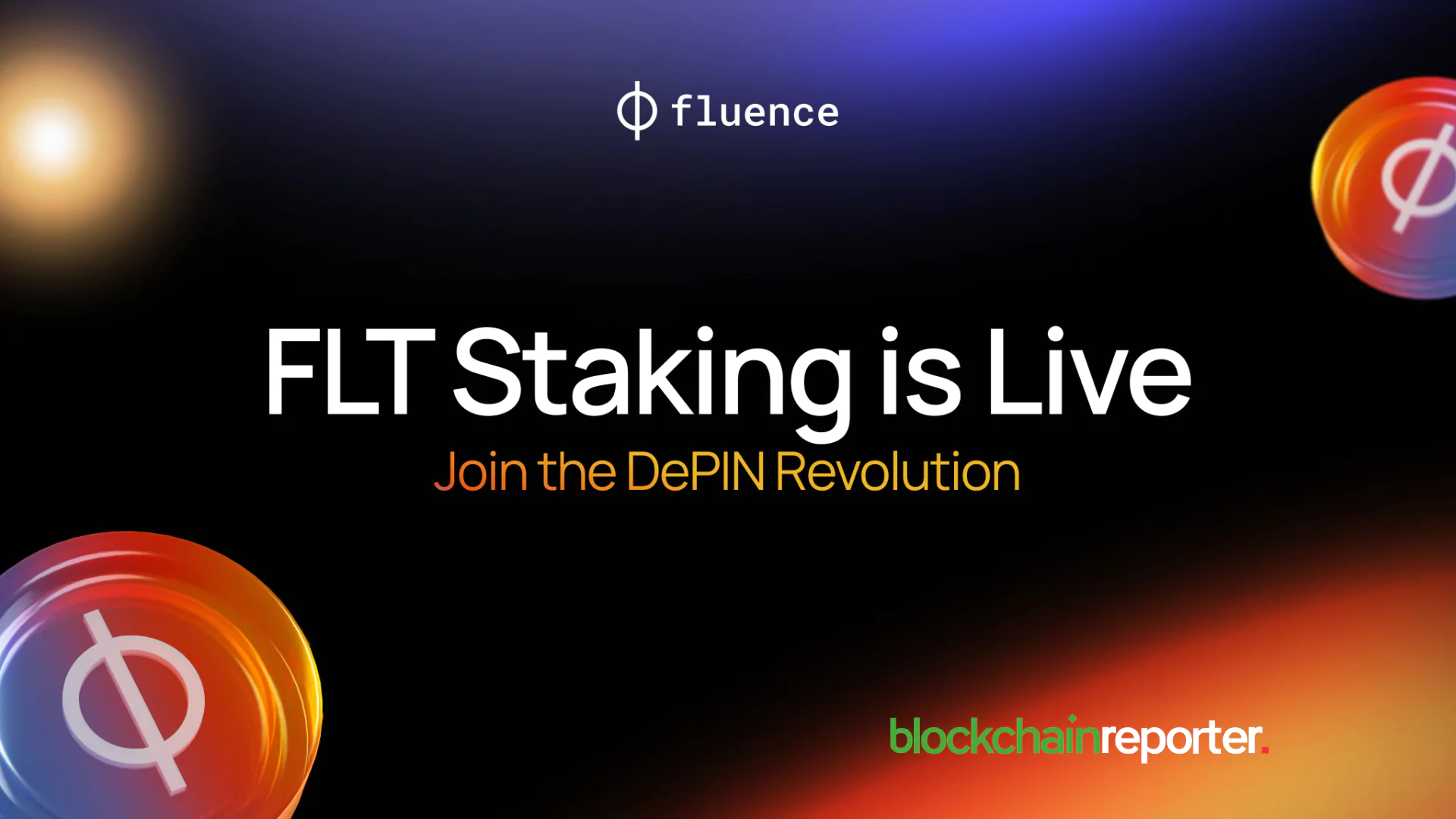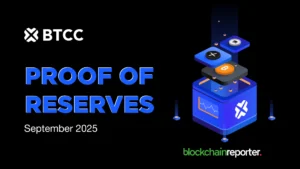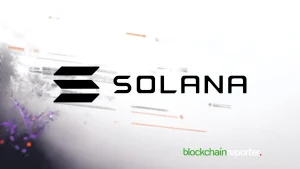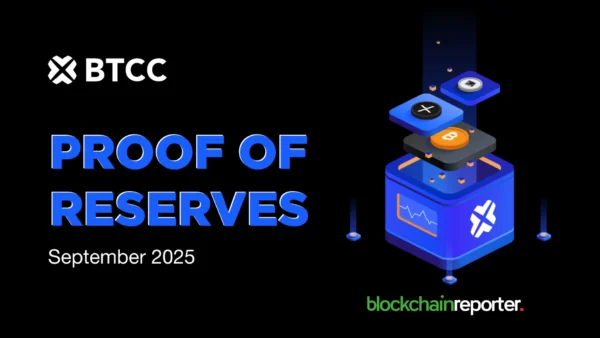
Fluence Network is taking bold strides towards decentralising cloud computing with the launch of its staking program. This innovative feature allows users to enhance the security of the Fluence network while earning rewards and contributing to the platform’s overall performance.
Unlike traditional giants like AWS and Google Cloud, Fluence delivers decentralised computing services at a fraction of the cost, potentially slashing expenses by up to 80%. This makes it an attractive choice for businesses eager to optimise their budgets while using Web3 infrastructure. The new staking program is a crucial pillar in Fluence’s mission to foster decentralisation and strengthen resilience across the network.
With this new development, compute providers can now submit “capacity commitments,” which represent the compute resources they offer. These commitments are backed by FLT tokens staked by the providers or delegated by the Fluence community. When these resources are utilised for compute jobs, stakers can earn rewards, as long as performance standards are met. If those standards aren’t met, however, staked tokens may face slashing penalties.
This system is designed to ensure that Fluence’s decentralised cloud remains reliable and verifiable. According to Tom Trowbridge, the staking mechanism will play a key role in the overall security and quality control of the platform.
“By addressing the limitations of centralised systems, including high costs, single source of failure, homogeneous hardware, censorship risk, and data-sharing restrictions, Fluence provides a more resilient and flexible alternative. Our delegated stake model opens up staking to the community, who can participate in securing our DePIN compute platform,” said Trowbridge.
At launch, Fluence’s waitlist includes over 600,000 CPU cores waiting to be activated, and the platform’s ability to onboard more providers will depend on the number of FLT tokens staked. With a total supply of 1 billion FLT tokens, the demand for staking is expected to grow significantly as the network expands. The platform’s goal is to secure enough capacity to rival major cloud service providers in the future.
As Fluence continues to roll out its staking program, users can participate by purchasing an NFT, which grants them access to the staking app. From there, they can choose a capacity commitment and begin staking their FLT tokens. The rewards earned through this system vest over six months, incentivizing long-term participation and ensuring stability for the network.
Recently Fluence Network organised DePIN day in Singapore co-powered by Aethir. The conference witnessed key conversations from Noah Prince, Mark Rydon, Tom Trowbridge and other leading DePIN players. As DePIN solutions grow in demand, it will be interesting to see how Fluence’s staking program will play a key role in ensuring the security and scalability of the network.









